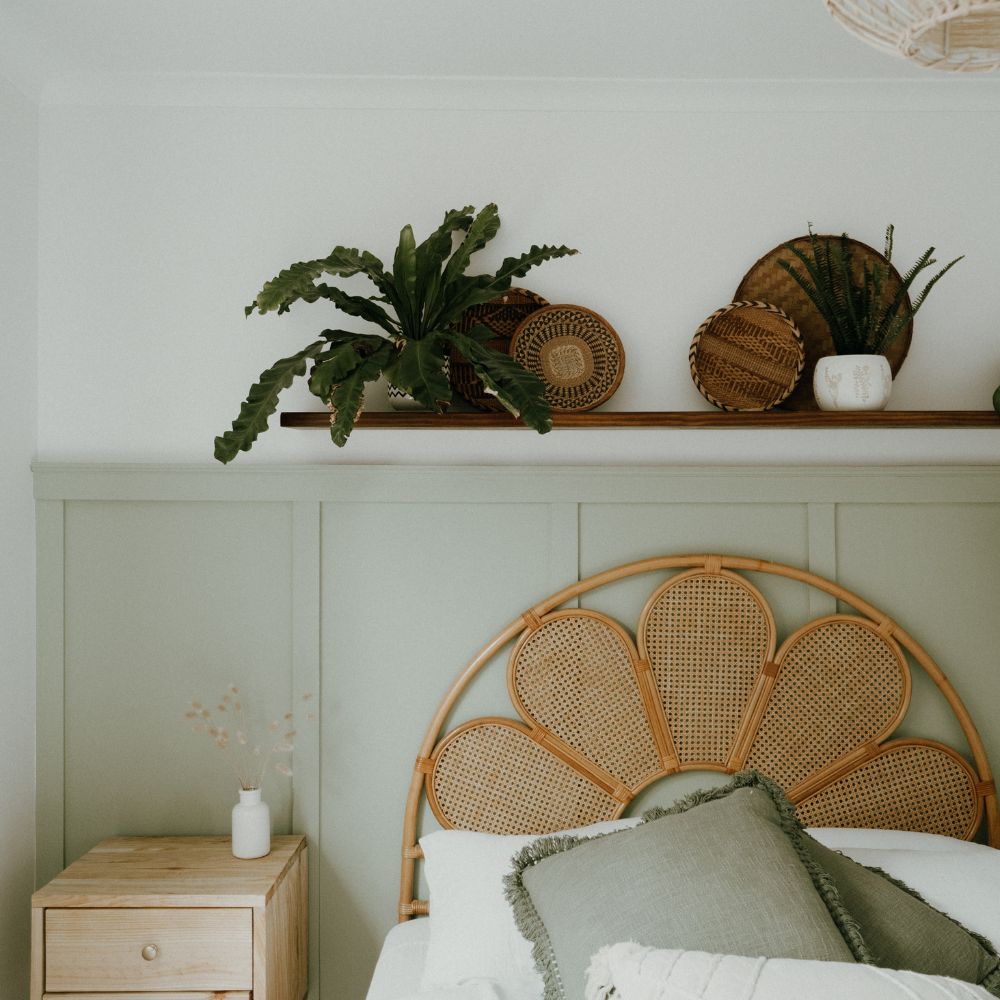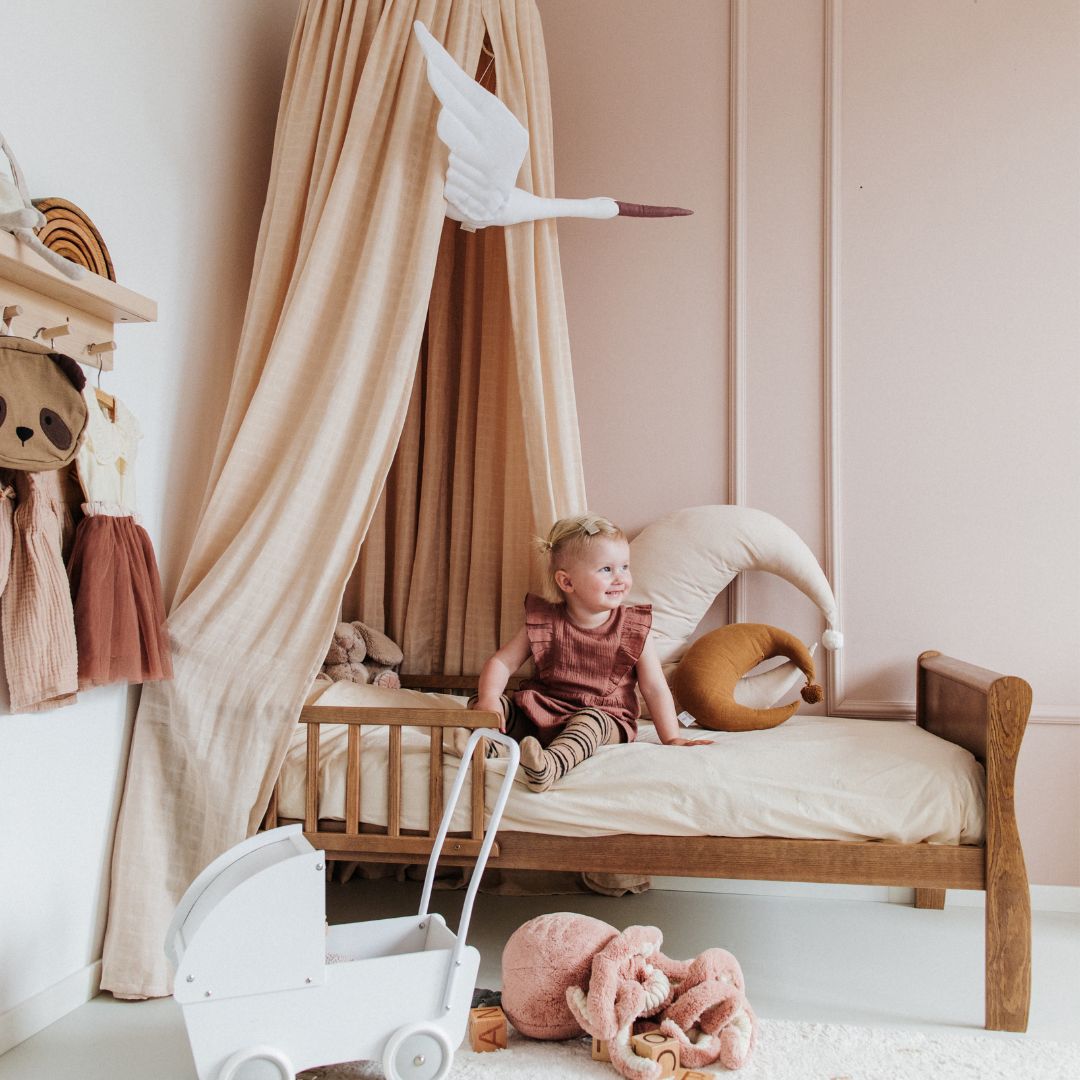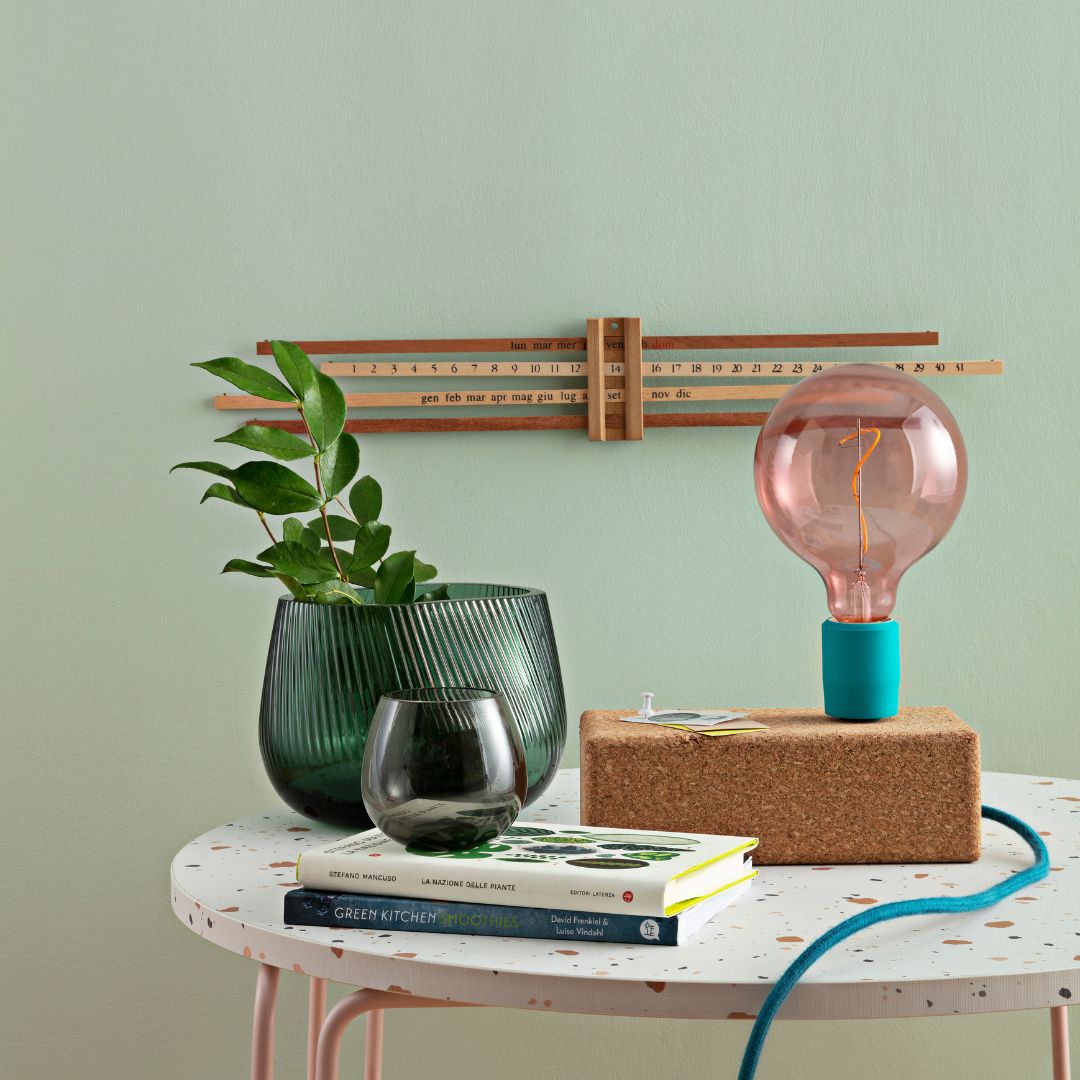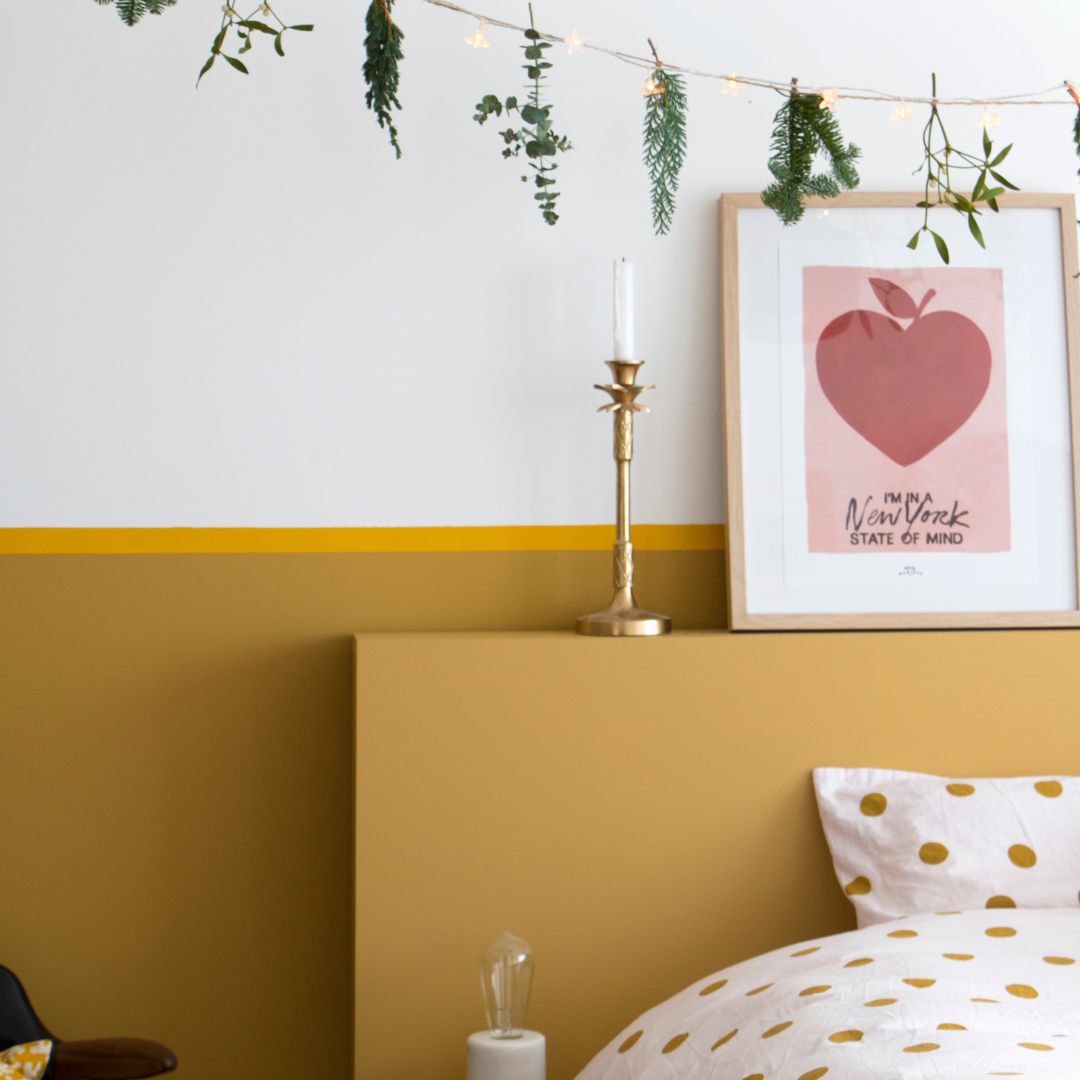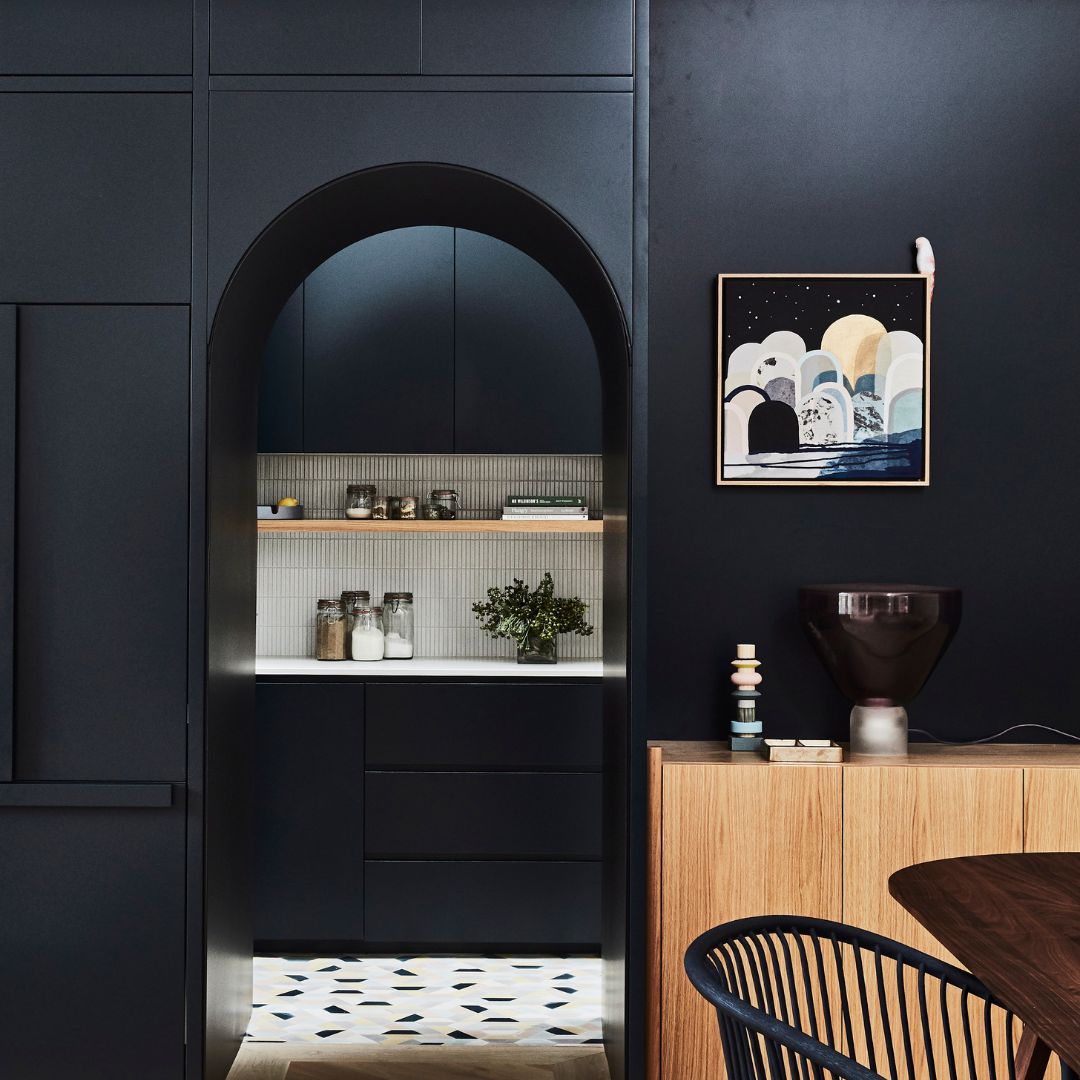White paint is by far the most popular paint color for interior design, as evidenced by the number of renovations and new home constructions that use white paint.
The most neutral color there is, it's also a great choice: few people dislike white paint when it comes to decorating. With its strong ability to enlarge spaces and its elegance, it offers an almost infinite number of possibilities.
For all these reasons, white paint is the preferred option for professionals and decoration enthusiasts when carrying out interior design work.
If white is a widely used color, it is also for its many properties and above all an asset: its ability to be associated with a wide range of colors from the color chart.
It's simple, white paint allows you to combine it with an almost infinite number of colors, allowing you to choose freely and rely on inspiration.
Whether it's to soften a bright color or simply to add a more colorful dimension to your room, (almost) anything is possible.
Yes, but here's the thing: what color should you pair with white?
The different types of whites
Before choosing which color would be interesting to combine with white, know that the number of shades of white is quite large, allowing you to make a more complete choice.
No exception to this rule, Algo offers a wide selection of whites ranging from cool to warm tones, not forgetting the classic pure white and off-white.
Pure white
Undoubtedly the traditional white of any paint color chart: pure white is the one that serves as a base and is the most standard of all.
It can be used as a total look, in all rooms of the house and for all styles.
Also widely used on the ceiling, its neutrality and timelessness make pure white the absolute white to be applied in an interior.
Very bright, it fully reflects the light, making it a powerful ally for rooms lacking natural light or simply too small.
Warm white
Its name is quite explicit: warm white is very warm and above all allows you to personalize white which can sometimes seem too bland or lacking in personality.
Dressed in a hint of yellow to make it a more accessible white for decoration enthusiasts, it is today the most used shade of off-white.
Its warmth makes it a shade of choice for living rooms such as the living room or bedrooms.
It is even possible to apply it to the ceiling of your room depending on the type of atmosphere you want to create.
The grayed white
Considered a “cold” white, grayish white, named in the Algo range “polar white bear” is quite simply an elegant white that can be very useful in rooms that are too large and need a duller color to diffuse a little less natural light.
It is a very modern white which can however be perfectly suitable for creating a link between the different colours in the colour chart.
Our advice for choosing the right shade of white for your interior
If, despite our descriptions, you don't know which white to use in your interior, here are some tips that will help you decide:
The brightness of the room is very important: the less light there is in the room, the more the use of bright white (in this case, pure white) will make sense. The same applies to narrow rooms.
The smaller the room, the greater the feeling of space, which is why choosing pure white is appropriate.
The desired atmosphere is also important: if the goal is to have the warmest space possible: the option of an off-white is excellent.
To be sure of making the right choice, start by using samples so you can test the color in the room before applying it.
What color should I pair with white?
It's important to be contemporary: the use of white is so universal and neutral that it can be applied to almost any color in the color chart on your walls.
Of course, some combinations are more successful than others. While we recommend not exceeding three colors in a single room to avoid visually saturating the space, the number of possible combinations remains exponential.
We have divided our selection into two parts: warm colors and cool colors.
To combine colors with white, you can go further by matching them with the furniture, or even with surfaces like wood.
Warm colors
We particularly recommend warm colors if the intention is to create a warm, welcoming and even energetic atmosphere depending on the different colors existing on the walls of your interior.
Be careful, however, not to visually overload the space!
Terracotta
We could have talked about red, but terracotta sounds like a no-brainer.
It’s the trendy shade of the moment.
No, terracotta isn't a bold color if applied consistently! The contrast between the white and this bold color will draw the eye and not overwhelm the room in which it's applied.
It will be perfect on a section of wall.
Yellow
A sunny color full of energy, yellow is also a color that we particularly appreciate with white.
The range of shades of yellow is vast, leaving a very large choice, but overall, the use of yellow will be useful for bringing brightness.
In open spaces like kitchens or workspaces, it is a color that gives a bright ambiance to the room.
Cool colors
Unlike warm colors, cool colors will be of real interest in spaces where the desire is to create a serene and relaxed atmosphere promoting well-being.
For a serene harmony, we offer two colors: green and blue.
The blue
The sky and the ocean are the first two elements of nature that come to mind when we think of blue.
It is therefore not for nothing that this color is associated with tranquility.
This color combination is a no-brainer in two rooms of the house: the bedroom or the bathroom to evoke freshness.
In a living room, deeper blues like navy blue or electric blues will also find their place on a section of wall.
The green
The color of nature par excellence, green is restful and revitalizing.
In an office or living room, you will promote serenity as well as concentration.
Green comes in a wide range of colors: as such, this observation does not necessarily apply to all types of green.
For example: slightly blueish water greens are perfectly suited to humid rooms such as kitchens or bathrooms.
In a master bedroom, a restful green is also an excellent choice.
To take your painting project further, you can contact Anne-Sophie for a free 30-minute color consultation to help you decide on the colors that will harmonize perfectly with white.
